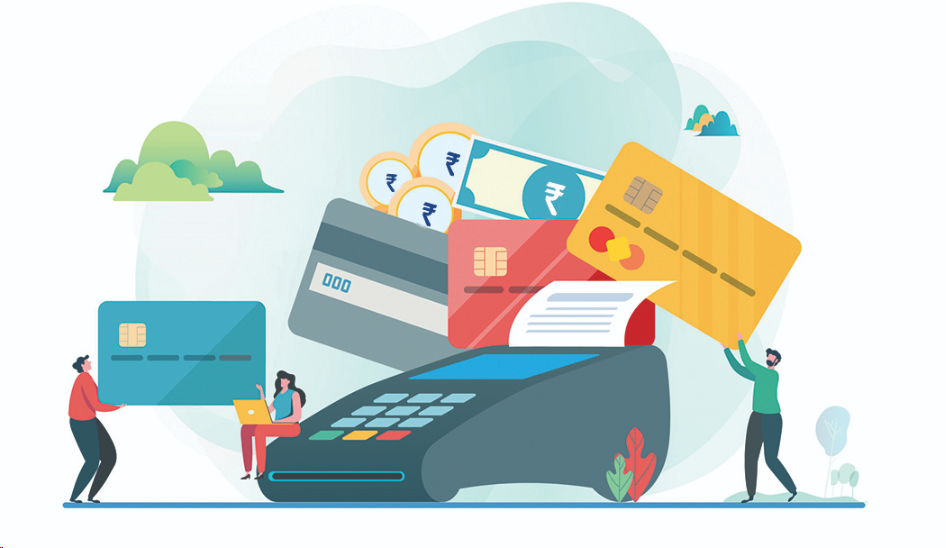AUTHOR : ISTELLA ISSO
DATE : 23/11/23
In today’s fast-paced digital era, businesses[1] are continually seeking ways to enhance customer experience[2] and streamline operations. One critical aspect that has gained significant attention is payment[3] method integration. As traditional payment methods[4] evolve, integrating seamless and secure payment solutions[4] becomes imperative for businesses[5] of all sizes.
Evolution of Payment Methods
The landscape of payment methods has evolved significantly over the years. From traditional cash transactions to the rise of credit cards, and now, the dominance of digital wallets and cryptocurrencies, the options are diverse. Understanding this evolution is crucial for businesses looking to stay competitive.
Benefits of Payment Method Integration
The integration of payment methods offers numerous benefits. Not only does it provide customers with a smooth and hassle-free experience, but it also enhances security, preventing fraudulent activities. Additionally, businesses can optimize their operations by choosing the right payment integration solutions.
Common Payment Integration Solutions
Businesses can opt for third-party payment gateways, develop in-house payment systems, or even consider integrating cryptocurrencies. Each option has its pros and cons, making it essential for businesses to align their choice with their specific needs and goals.
Choosing the Right Payment Integration for Your Business

Selecting the appropriate payment integration involves careful consideration. Industries have unique requirements, and customization options play a vital role in scalability. Businesses must assess their needs, keeping in mind factors like transaction volume, security, and user experience.
Steps to Implement Payment Integration
Implementing payment integration is a strategic process. It involves assessing business needs, selecting a compatible payment gateway, and thorough testing to identify and resolve any issues. A systematic approach ensures a seamless transition without disrupting business operations.
Challenges in Payment Integration
Despite the benefits, businesses[1] may face challenges in payment integration. Security concerns, technical complexities, and user resistance are common hurdles.Confronting these obstacles directly is essential for the effective execution of the integration process
Future Trends in Payment Integration
The future of payment integration looks promising, with advancements in technology[2] driving innovation. Contactless payments, integration with emerging technologies like blockchain, and enhanced security measures are on the horizon.
Case Studies
Examining successful businesses that have implemented seamless payment integration provides valuable insights. Learning from both their successes and challenges equips other businesses[3] with the knowledge needed for a smooth integration process.

Impact on E-commerce Businesses
For e-commerce businesses, payment integration is a game-changer. It not only facilitates transactions but also builds customer trust and loyalty. A secure and user-friendly payment process can significantly influence purchasing decisions.
Security Measures in Payment Integration
Ensuring the security of payment transactions is paramount. SSL certificates, two-factor authentication, and compliance with industry standards are essential components of a robust payment integration system.
Mobile Payment Integration
The increasing use of smartphones has elevated the importance[4] of mobile payment integration. Businesses must adapt to this trend, addressing challenges and implementing solutions to cater to the growing mobile user base.

Global Perspectives on Payment Integration
Payment preferences vary globally, and businesses[5] operating internationally must be aware of these differences. Overcoming cross-border payment challenges requires a nuanced approach that considers cultural and regulatory factors.
The Role of Artificial Intelligence in Payment Integration
Artificial Intelligence (AI) plays a significant role in enhancing payment integration. From fraud detection to automation of payment processing, AI technologies contribute to making transactions more secure and efficient.
Conclusion
In conclusion, payment method integration is not just a technological upgrade; it’s a strategic necessity. Businesses that embrace seamless and secure payment solutions position themselves for success in an increasingly digital world. Staying informed about evolving trends and technologies is key to navigating the dynamic landscape of payment integration.
FAQs
- Q: How does payment integration benefit small businesses?
- A: Payment integration streamlines transactions, enhances customer trust, and improves operational efficiency, making it particularly beneficial for small businesses.
- Q: Are there any risks associated with payment integration?
- A: While the benefits are substantial, businesses should be aware of security risks, technical challenges, and potential user resistance during the integration process.
- Q: Can businesses customize payment integration solutions according to their needs?
- A: Yes, businesses can choose from various payment integration options and customize them to align with their specific requirements and industry standards.
- Q: How does mobile payment integration impact user experience?
- A: Mobile payment integration improves user experience by providing a convenient and efficient way for customers to make transactions using their smartphones.
- Q: What is the future outlook for payment integration?
- A: The future of payment integration involves advancements in technology, increased security measures, and the integration of emerging technologies like blockchain and AI





